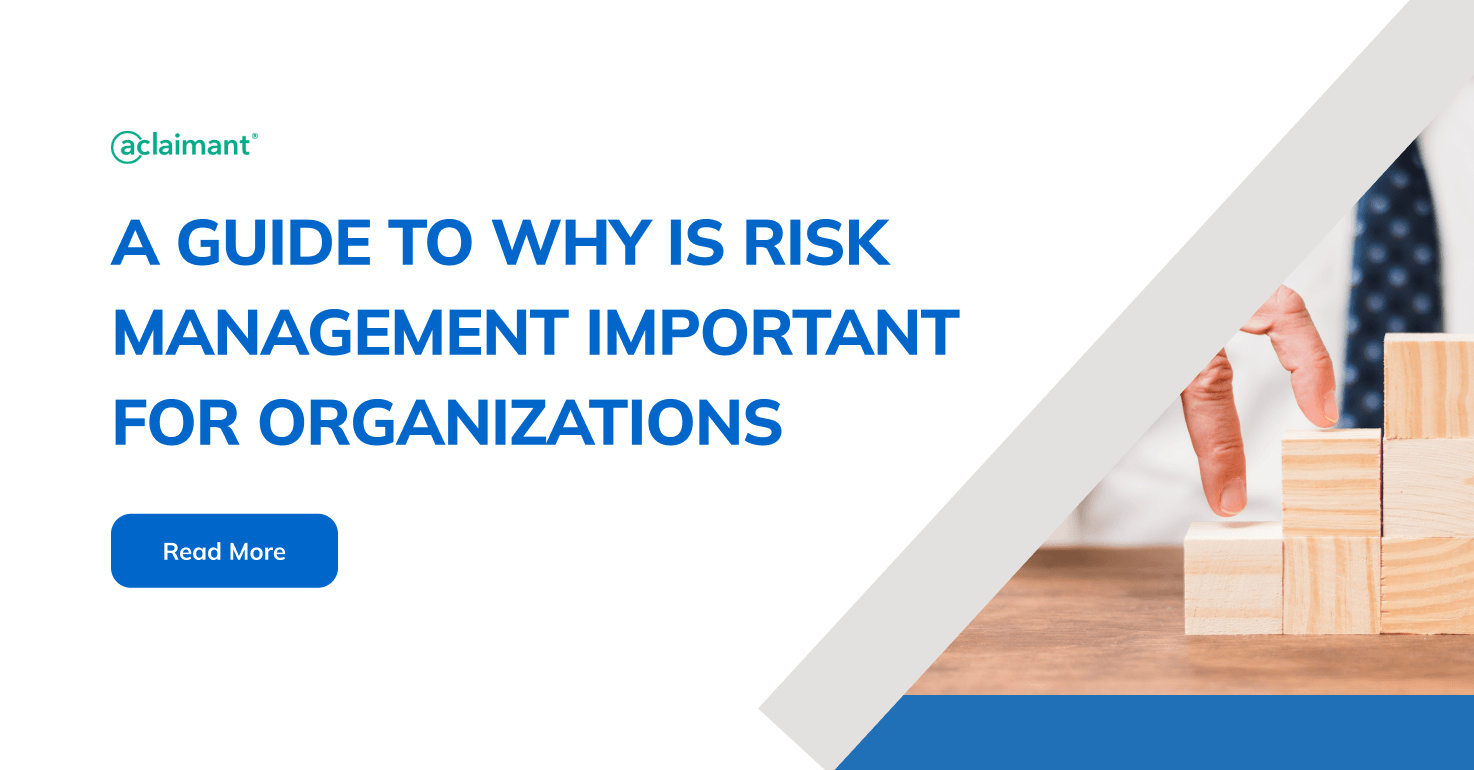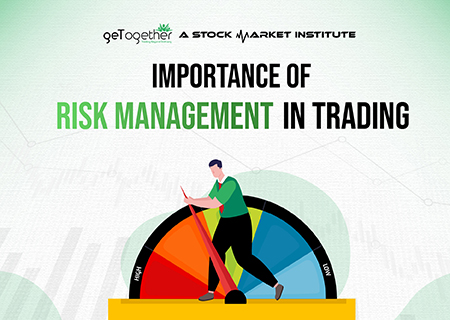Unlocking the Real Importance of Risk Management for Continuous Growth
Unlocking the Real Importance of Risk Management for Continuous Growth
Blog Article
Discovering the Significance of Risk Management for Effective Decision-Making Techniques
In the complex globe of service, Risk Management arises as an important aspect in the decision-making procedure. The ability to recognize prospective dangers and possibilities, and plan as necessary, can spell the distinction in between success and failure. With devices such as SWOT and PESTEL, organizations are geared up to make informed choices, cultivating resilience and versatility in an ever-changing atmosphere. Wondering just how this works? Let's unbox the characteristics additionally.
Understanding the Principle of Risk Management
Risk Management, a crucial element in decision-making, is often misconstrued or oversimplified. Risk Management includes structured and regimented techniques, making use of information and informative analyses. From economic unpredictabilities, lawful liabilities, strategic Management errors, to crashes and natural disasters, it addresses numerous dangers - importance of risk management.
The Duty of Risk Management in Decision-Making Processes
In the world of tactical preparation and company operations, Risk Management plays an integral duty in decision-making procedures. It assists in determining possible threats and unpredictabilities that could influence the success of company objectives. By tracing these dangers, business can develop strategies to minimize their impact, making certain business connection and security. Risk Management thus becomes an essential tool in decision-making, helping leaders to make enlightened choices based upon a comprehensive understanding of the dangers involved. It motivates an aggressive method, making it possible for organizations to expect and prepare for possible future circumstances. This significantly minimizes the chance of negative consequences, promoting a lot more effective and reliable decision-making strategies. Therefore, Risk Management works as an essential part in the decision-making procedures of any type of organization.

How Risk Management Improves Strategic Preparation
In the context of critical preparation, Risk Management plays a critical function. Starting with the identification of possible dangers, it additionally includes the application of Risk mitigation procedures. The function of Risk Management is not fixed however dynamic, as it demands constant tracking and adjusting of strategies.
Recognizing Possible Threats

Executing Risk Reduction
Risk reduction techniques can vary from Risk avoidance, Risk transfer, More about the author to take the chance of reduction. Each technique ought to be customized to the details Risk, considering its prospective impact and the organization's Risk resistance. Efficient Risk mitigation needs a deep understanding of the Risk landscape and the possible impact of each Risk.
Monitoring and Adjusting Approaches
Though Risk mitigation is an essential action in strategic preparation, continuous tracking and modification of these methods is similarly crucial. This ongoing process enables organizations to recognize brand-new risks and reassess existing ones, guaranteeing the applied strategies continue to be efficient in the ever-changing service setting. It also gives a chance to evaluate the success of the Risk Management measures, allowing modifications to be made where needed, further improving strategic preparation. Effective tracking and modification need using analytics and key efficiency indicators (KPIs) to determine efficiency. These devices provide useful data-driven insights that can inform strategic about his decision-making. Monitoring and changing Risk Management strategies is an essential component for enhancing a company's resilience and calculated planning.
Situation Studies: Effective Risk Management and Decision-Making
In the globe of service and money, successful Risk Management and decision-making often offer as the pillars of thriving enterprises. These cases highlight the value of sharp Risk Management in decision-making procedures. These cases highlight the important duty of Risk Management in critical decision-making.
Devices and Strategies for Reliable Risk Management
Navigating the elaborate maze of Risk Management calls for the best collection of techniques and devices. These devices, such as Risk registers and heat maps, help in recognizing and examining possible dangers. Strategies consist of both quantitative approaches, like sensitivity analysis, and qualitative methods, such as SWOT analysis. These assistance in focusing on dangers based on their possible impact and possibility. Risk action strategies, a key part of Risk Management, include approving, staying clear of, moving, or mitigating risks. Tracking and controlling threats, through routine audits and evaluations, make sure that the methods remain effective. With these tools and strategies, you could try here decision-makers can browse the complicated landscape of Risk Management, thereby assisting in informed and efficient decision-making.
Future Patterns in Risk Management and Decision-Making Approaches
As we explore the substantial landscape of Risk Management, it becomes obvious that the tools and techniques used today will proceed to progress. The concept of Risk culture, where every participant of an organization is conscious and involved in Risk Management, will certainly obtain a lot more prestige. These trends declare an even more inclusive and aggressive technique in the direction of Risk Management and decision-making.
Conclusion

Risk Management thus comes to be a vital tool in decision-making, aiding leaders to make informed selections based on a comprehensive understanding of the threats included. Risk reduction techniques can vary from Risk evasion, Risk transfer, to risk reduction (importance of risk management). Effective Risk reduction needs a deep understanding of the Risk landscape and the possible impact of each Risk. Risk feedback approaches, a crucial element of Risk Management, involve accepting, staying clear of, moving, or mitigating threats. The idea of Risk society, where every member of an organization is mindful and included in Risk Management, will certainly get much more importance
Report this page